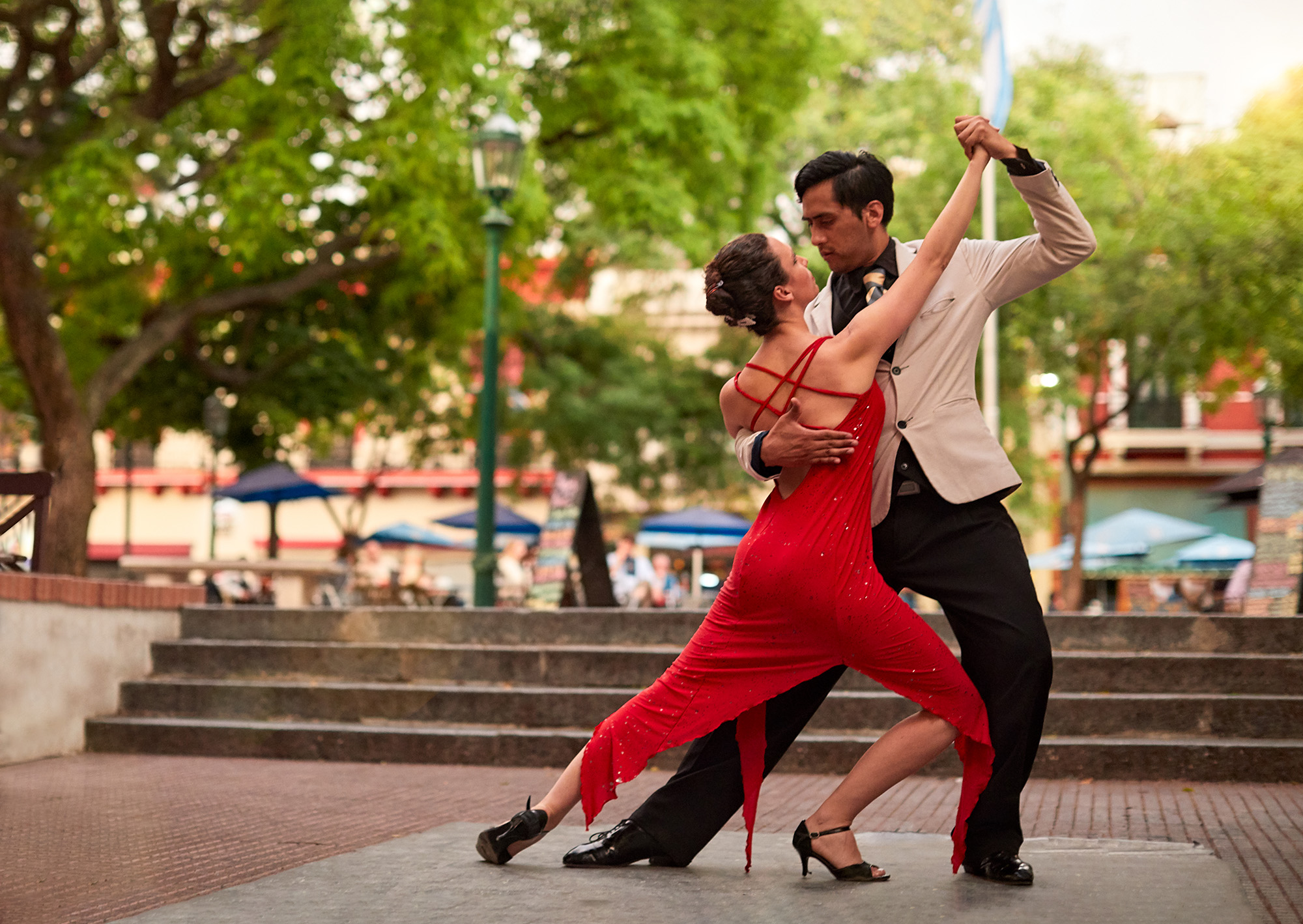Fascination About Dance Fridays
Wiki Article
The Only Guide for Dance Fridays
Table of ContentsDance Fridays Fundamentals ExplainedOur Dance Fridays DiariesDance Fridays for BeginnersDance Fridays Can Be Fun For Everyone
Let's consider Salsa dance and music as a huge Tree that looks like this: Salsa is danced worldwide while numerous technological elements of the dance coincide across designs (6 steps over 8 beats danced on a quick-quick-slow or slow-quick-quick rhythm), there are several "characteristic" functions of the main designs of Salsa that distinguish one from the various other.Couples participating in a Gambling establishment Rueda dance all relocate unison as called by a Leader. Distinguishing features of Cuban design salsa are circular turn patterns (with "break back" steps on matters 1 and 5) as well as body language inspired by standard Afro-Cuban folkloric dances. Distinct attributes of Cali style salsa is quick and detailed footwork, danced with a solid hand hold link in between partners.
The beginnings of the design are a topic of argument, however it is stated that New york city style Salsa dancing came from in the 1960's as a result of the increase of Latin American emigrants after the Cuban Revolution. Eddie Torres is the most well understood New York style professional dancer, being virtually widely attributed with promoting the design to dance centres outside of New York.
The fundamental rhythm of "On-2" is slow-quick-quick. The "youngest" of the designs of Salsa, L.A. Design (some people have called it "West Shore" design) came to be popular in the 1990's and has its origins in ballroom (Mambo, Swing and Cha, Cha, Cha). Transform patterns lead and comply with strategies are greatly affected by these styles, with the Cross Body Lead being the cornerstone of the style.
What Does Dance Fridays Do?
Design are execution of turn patterns and numbers in the "port", with the break actions on counts "1" and "5". This design is likewise defined by fancy and commonly detailed arm styling by the comply with to accent the "1" and "5" matters. The fundamental rhythm of "On-1" is quick-quick-slow. While Salsa music has strong origins in Cuban, Colombian and Puerto-Rican folkoric practices, it can not be marked down that all Afro-Latin and Latin American cultures have added to modern Salsa music as we understand it today.It's feasible that due to political factors the contribution of Afro-Cuban society and heritage to modern Salsa in the 1960's and 70's is not widely acknowledged, yet it can not be neglected the huge contribution and influence of the "Queen of Salsa", Celia Cruz. A house name in Cuba and the Central Americas as a singer in the 1950's, Celia left Cuba for the U.S

Today Salsa songs is created, performed and popular global. In 2000 the impact of Latin American songs and society (not just Salsa) was identified by the National Academy of Recording Arts and Sciences in the United State and the Latin Grammy Honors were created. The Latin Grammy's have accentuated the Salsa Legends and contemporary Salsa artists alike
Dance Fridays Things To Know Before You Get This
differentiating characteristics of Salsa songs are: 4/4 measure signature, Kid Clave and Tumbao rhythms, Montuno Piano Unless you have a background in songs, the above 3 characteristics most likely mean absolutely nothing to you. A much easier means to describe Salsa songs is how it does NOT seem like other kinds of Latin American prominent music.Bachata is a straight 4 beat dancing with a frequency of a syncopated guitara line and a clear lack of any type of "tough" piano, brass (trumpet, trombone) lines. Cha, Cha, Cha appears like Salsa music one of the most as it feels like "actually slow-moving" salsa/mambo. salsa club san francisco. Cha, Cha, Cha can be identified by it's focus of the double tumbao beat on matters 4 +5 and 8 +1 (the "cha-cha-cha") You've been to a Salsa evening at a club and you're connected you like the music, the energy, the appearance of two dancers sliding throughout the dance floor performing cool spins and transform patterns
It's time for lessons. With so numerous workshops out there and various styles to select from, where does a complete novice start? The majority of brand new dancers select to learn L.A. "On-1" design slotted Salsa designs are the most prevalent in The United States and copyright (with some exceptions of some city centres that still predominantly accept Cuban and Puerto Rican designs) and L (https://www.provenexpert.com/dance-fridays2/).A
.A. Style will swiftly instruct you the basics of Salsa timing, weight transfer and turn pattern implementation. Several dancers, when they have actually had a year or two of dancing L.A. Style Salsa under their belts, "button" to New York style in order to diversify their dance vocabulary; however numerous dancers decide to stay with just one style of Salsa and enjoy their time on the dance flooring because particular style (salsa club san francisco).
Design and New York City Design all being danced in the same club, with several of the dancers having the ability to switch over from one style to the other from one track to the next. No issue which design you choose it is essential to stick to that design till you're really comfy with the fundamentals of timing, body rhythm and foundation relocation implementation prior to taking into consideration "changing" styles (if you want to).

Report this wiki page